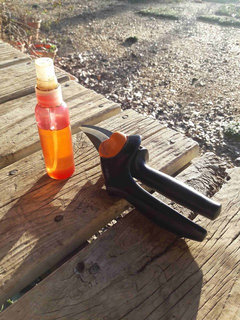Nasty Green Briar - Smilax rotundifolia
transplanted2scin07
16 years ago
Featured Answer
Comments (22)
Lynda Waldrep
16 years agoIris GW
16 years agoRelated Professionals
Ashland Landscape Architects & Landscape Designers · Essex Landscape Architects & Landscape Designers · Taylorsville Landscape Architects & Landscape Designers · Bethel Park Landscape Contractors · Desert Hot Springs Landscape Contractors · East Chicago Landscape Contractors · Ellicott City Landscape Contractors · Fort Mill Landscape Contractors · Franklin Landscape Contractors · Fridley Landscape Contractors · Hollywood Landscape Contractors · Mendota Heights Landscape Contractors · Salmon Creek Landscape Contractors · Westford Landscape Contractors · Silver Firs Landscape Contractorsrazorback33
16 years agotransplanted2scin07
16 years agoHollyclyff
16 years agonill_t_yahoo_com
13 years agosamonk
6 years agogmolina53
6 years agoCasaLester RTP, NC (7b)
6 years agoerasmus_gw
6 years agoLucy Bowen
6 years agoKyle
6 years agosamonk
6 years agoKyle
6 years agosamonk
6 years agojaceymae
4 years agoHU-320682220
3 years agoHU-485827008
2 years agolast modified: 2 years agoSandi Dupre
2 years agoMary Beth Martin
2 years agoLynna Karanutsos
2 years agolast modified: 2 years ago
More Discussions







TreeLogic, LLC